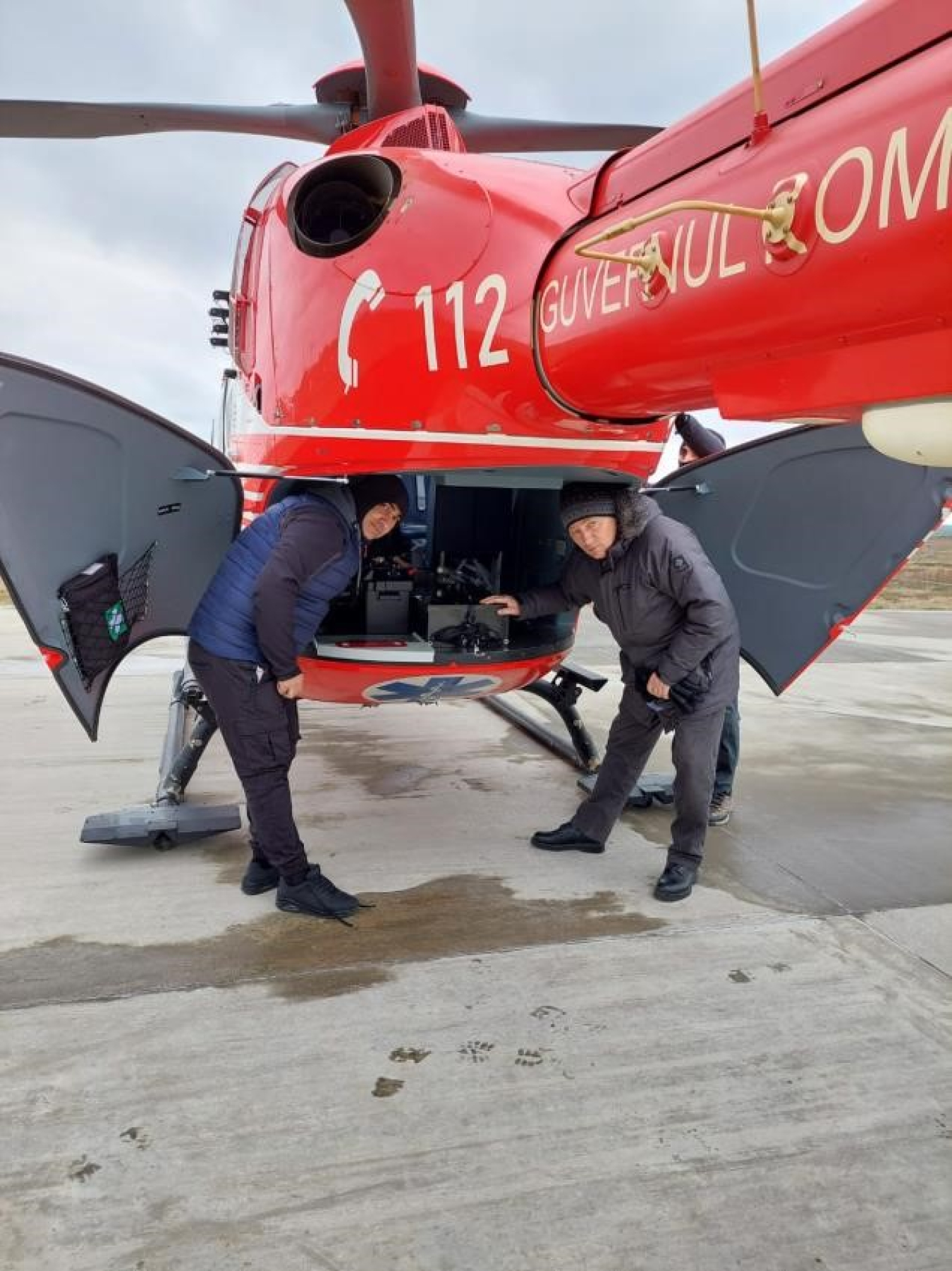In January, a team from NNSA led a training course for roughly 30 partners from Romania and other countries in the region that focused on aerial radiation detection as well as the installation and use of equipment required for this mission.
National Nuclear Security Administration
February 13, 2023
In January, a team from NNSA’s Office of Counterterrorism and Counterproliferation led a training course for roughly 30 partners from Romania and other countries in the region that focused on aerial radiation detection as well as the installation and use of equipment required for this mission.
Radiation detection systems can be mounted on a moving vehicle, either on the ground or in the air. These systems are used to cover a large area that may be affected in the unlikely event of a radiological/nuclear incident, identify lost or stolen radioactive sources, provide radiation monitoring leading up to and during major public events, and allow for surveillance at border crossings.
Romania’s National Commission for the Control of Nuclear Activities hosted the event in Constanta, Romania. This location allowed key regional partners to both participate in and contribute to the training, augmenting the U.S. and Romanian experts in radiological protection, law enforcement, and nuclear/radiological emergency response.
“One of NNSA’s missions is to strengthen the emergency preparedness and response capabilities of our international partners,” said Kirk Czap of NNSA’s Office of Nuclear Incident Policy and Cooperation. “We’re thankful to our Romanian colleagues for facilitating this critical training.”
NNSA provided the radiation detection equipment and associated software, which was left with the partner agencies as part of a long-term loan to enhance regional capabilities in the field of radiological and nuclear incident preparedness and response.
The course included classroom-based, hands-on learning and practical exercises to maximize its benefit. Topics covered included: the capabilities of aerial radiation measuring and detection systems; basic radiation detection theory; advanced alarms; airborne surveillance mission analysis, planning, and execution; and response aspects such as the implementation of consequence management for radiological/nuclear accidents or incidents.
One of NNSA’s missions is to strengthen the emergency preparedness and response capabilities of our international partners. We’re thankful to our Romanian colleagues for facilitating this critical training.”

